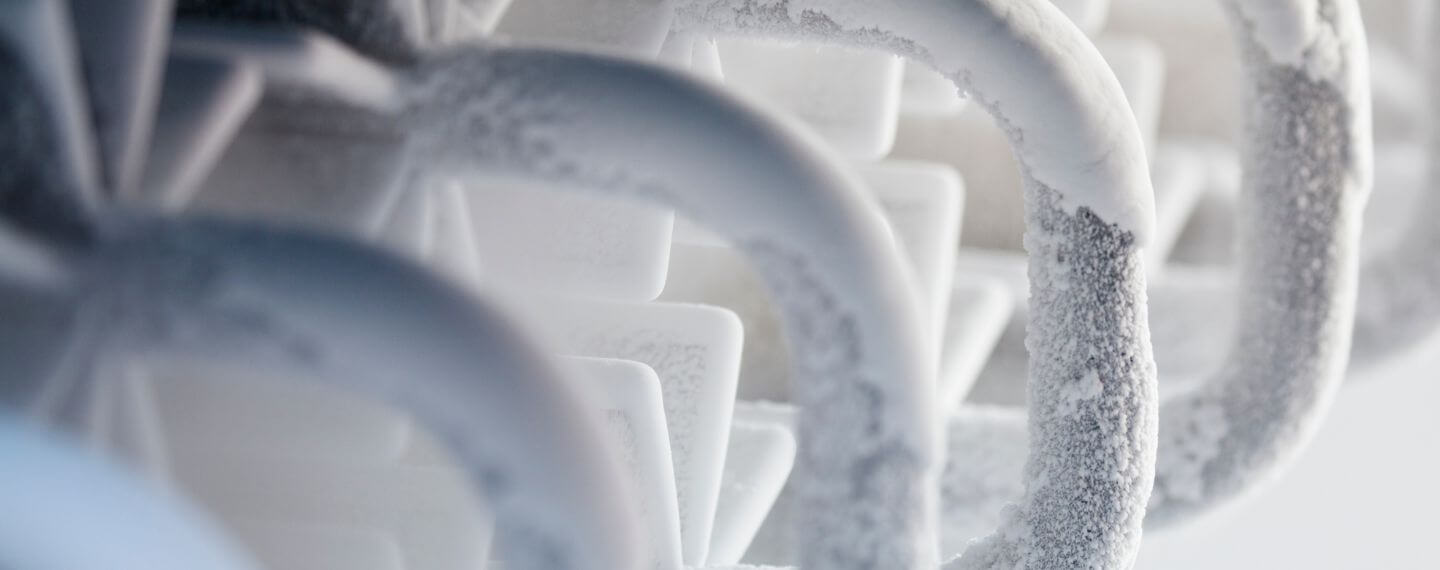You are currently viewing the James Walker Global website.
You are currently viewing the James Walker Global website.

Sealing solutions to meet the challenges of valves and process equipment operating in cryogenic conditions.
Effective sealing in cryogenic applications
Sealing cryogenic applications presents unique challenges due to the extreme low temperatures involved. Cryogenic typically deals with temperatures below -150°C (-238°F) and at these temperatures, the behaviour of materials and fluids changes drastically, posing significant difficulties in ensuring reliable and effective seals.
Firstly, materials that perform well at ambient temperatures may become brittle and lose their mechanical integrity at cryogenic temperatures. Common sealing materials like rubber and certain plastics can crack or shatter when exposed to such cold environments. Therefore, selecting materials that maintain their flexibility and strength at cryogenic temperatures is crucial. Materials like PTFE (polytetrafluoroethylene), carbon, graphite and stainless steel are often used due to their low-temperature resilience.
Secondly, thermal contraction and expansion is a major issue. Different materials contract at different rates when cooled, potentially leading to gaps forming between sealing surfaces. This differential contraction can compromise the seal's effectiveness, causing leaks. Engineers must carefully consider the coefficients of thermal expansion (CTE) of the materials used and design seals that can accommodate or counteract these dimensional changes.
A further challenge is the permeability of seals to cryogenic fluids. Even minute amounts of leakage can lead to significant problems in cryogenic systems. This necessitates the use of materials with very low permeability to gases and liquids, as well as seal designs that minimise potential leakage paths.
When selecting products for specific application, please review each product’s capabilities against the specific working conditions of your application or provide the details to your local James Walker technical team for suitable product or material selection.
Material selection for cryogenic applications
Sealing solutions not only have to maintain leak tightness in static sealing duties, there are also dynamic sealing requirements as well. Selecting sealing materials that can maintain lubricating properties between room temperature and below cryogenic, as well as maintaining leak tightness, is crucial for sustained performance.
Ensuring seal integrity during thermal cycling – where a system frequently transitions between ambient and cryogenic temperatures for example – adds another layer of complexity. Repeated thermal cycling can cause material fatigue and accelerate wear and tear, potentially leading to premature seal failure. Sealing solutions also need to maintain a resilience against thermal shock in operating between below cryogenic and room temperature, rapid changes in temperatures can lead to temporary leak paths forming.
Finally we have to address the issue of system pressure. Cryogenic applications often involve high pressures and significant changes in pressure, further complicating the sealing requirements. The seals must not only withstand low temperatures but also maintain their integrity under high-pressure conditions, necessitating robust design and material choices.
Overall, sealing cryogenic applications requires a considered approach to selecting the correct materials and seal types to satisfy these extreme and challenging conditions. James Walker’s in-house capabilities are able to provide peace of mind and complete control of every step of the process through material selection, seal design, manufacture and testing in order to ensure reliability and long lasting performance in such harsh environments.
James Walker's involvement in cryogenic technology includes the development of specialised seals and gaskets that are used in cryogenic equipment such as liquefied natural gas (LNG) carriers, liquid hydrogen valves, storage tanks, and transfer lines.
When selecting products for specific application, please review each product’s capabilities against the specific working conditions of your application or provide the details to your local James Walker technical team for suitable product selection.
Want to discuss your project, engineering or materials challenge expert to expert? Simply provide us with your contact details and a little information about the application you are working on, and one of our experts will contact you as soon as possible.